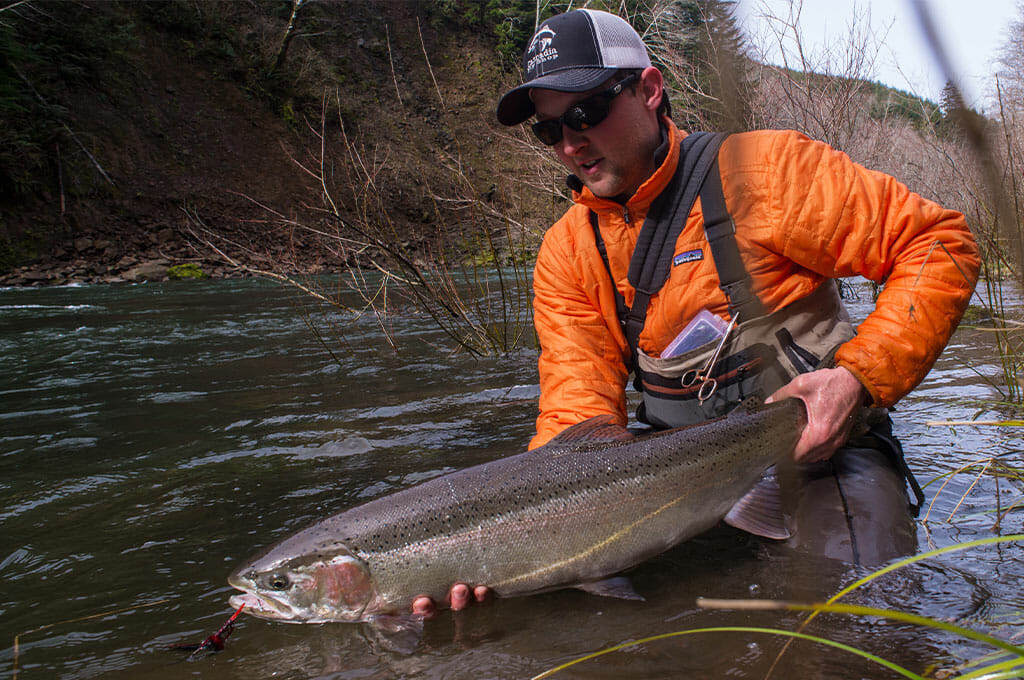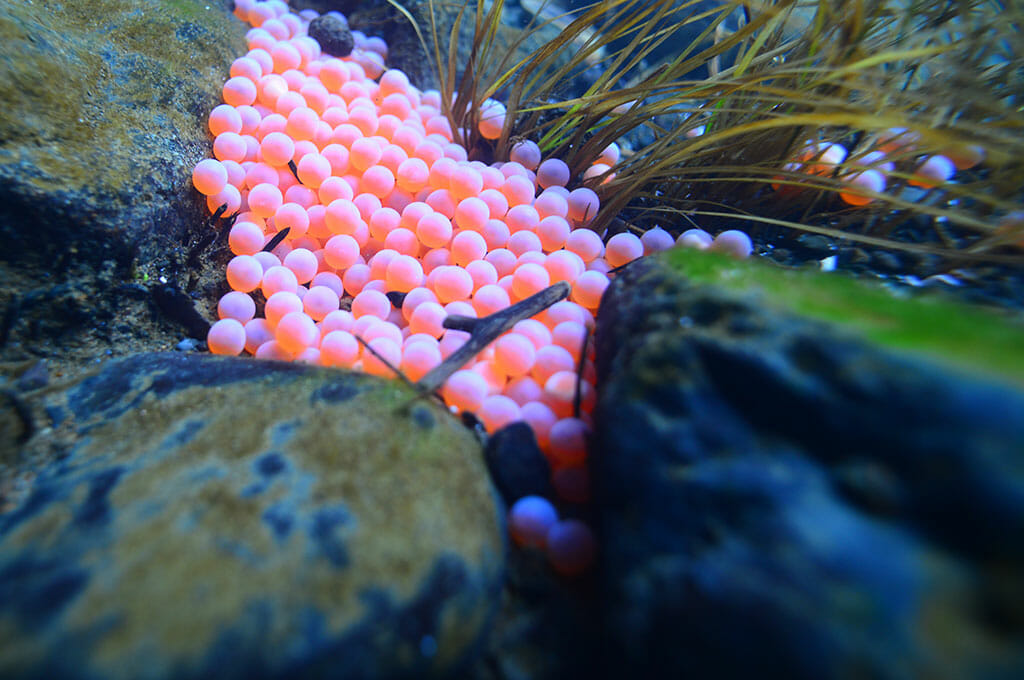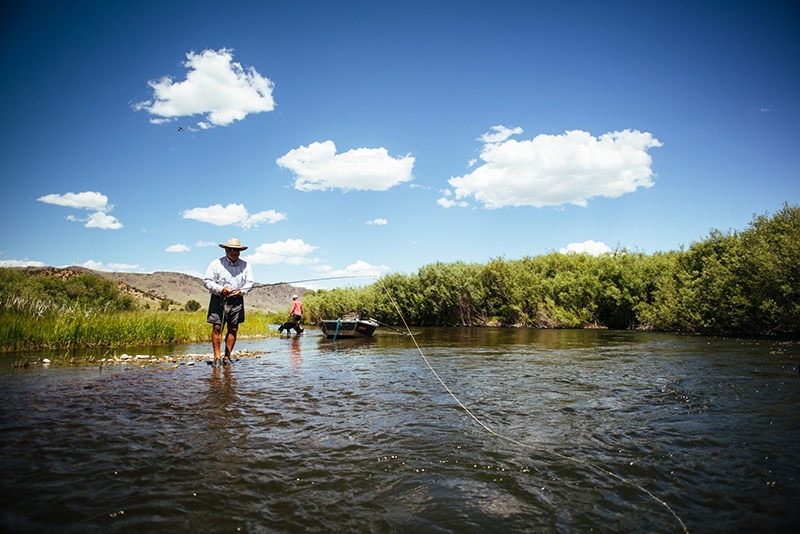Migration is a critical component of the life history of many salmonids. The freshwater migration routes and requirements of salmon and steelhead are well known, and the importance of habitat connectivity to their natal streams for spawning is clear. Less obvious is the impact of fragmented habitat on resident trout species, which often move throughout a watershed to reach spawning habitat, or in response to water temperature changes or other environmental factors. Fragmented trout habitat can reduce genetic fitness and make populations less resilient to environmental disturbance.

Trout Unlimited works to reconnect fragmented habitat by restoring fish passage at dams, culverts, and irrigation diversions. We work with resource agencies, conservation partners and volunteers to assess the extent to which road-stream crossings impede fish passage, then pursue projects to remove or modify the most significant barriers, often through upgrades of undersized culverts. Culvert upgrades have the added benefit of improving flood resiliency for local communities.
In addition to our involvement in hundreds of culvert projects, Trout Unlimited is playing an important role in removing large dams on some of the most important salmon and steelhead rivers in North America. On the Penobscot River in Maine, for example, Trout Unlimited was part of a partnership to reconnect over 1,000 miles of habitat for Atlantic salmon. On the Klamath River, Trout Unlimited is working to reconnect 500 miles of spawning and rearing habitat for salmon and steelhead by removing four old hydropower dams.
Large dams on major rivers create highly visible impacts to fish passage, but smaller irrigation dams and diversions have similar adverse impacts on fish and are much more widespread, especially in more arid regions of the country where crops and livestock often depend on water diverted from streams and rivers. These smaller diversion or retention structures can block upstream migration to spawning and coldwater refuge habitats, and trap down-migrating fish in irrigation ditches and canals.

Trout Unlimited works closely with farmers and ranchers to eliminate the impacts of small dam and diversion structures on trout, often improving irrigation efficiencies and upgrading outdated systems at the same time. Such projects restore upstream fish passage by installing fish ladders or bypass channels called fishways, or by replacing full-span diversion dams with rock sills that both deliver water to irrigators and allow fish to pass. To protect trout moving downstream we install fish screens to prevent them from entering canals and ditches.


